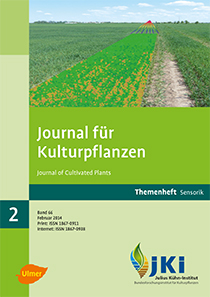N sensor in practical use Experiences and results from the on farm research project
Keywords:
Site specific nitrogen fertilization, N-Sensor, On Farm Research, cost effectiveness, oilseed rape, winter wheat, winter barleyAbstract
The Landwirtschaftskammer Schleswig Holstein and the Helmstorf estate are testing precision farming technologies in the framework of the “on farm research project”. Precision farming requires a significant level of technical, human and monetary resources.
The economic benefits of precision farming could not be shown in every case within the project; this was also true for site-specific nitrogen fertilization using the N-sensor. Using only the online approach with the N-Sensor was partially successful. Improvements are expected while using the combination of N-sensor and yield potential maps. In future constant fertilization will no longer be applied but based on site-specific yield potential in an offline approach.
The statistical evaluation of the results for site specific management against conventional practice is still ongoing. The complex multivariate “site-specific production” approach requires quantifying the effects of additional factors like soil variability, different seed rates and site-specific fertilization.
This paper will focus on the problems of complex solutions as they occur in site-specific management.
DOI: 10.5073/JfK.2014.02.03, https://doi.org/10.5073/JfK.2014.02.03








